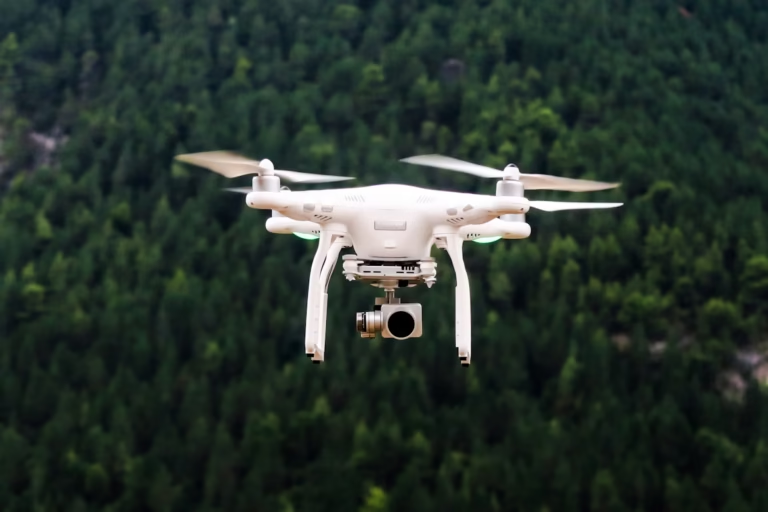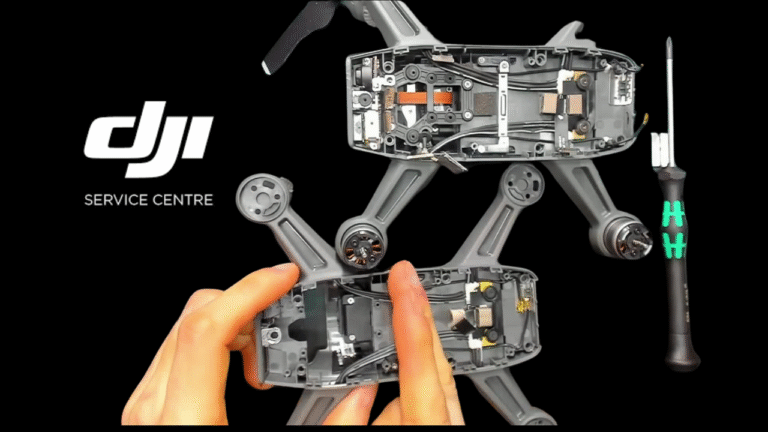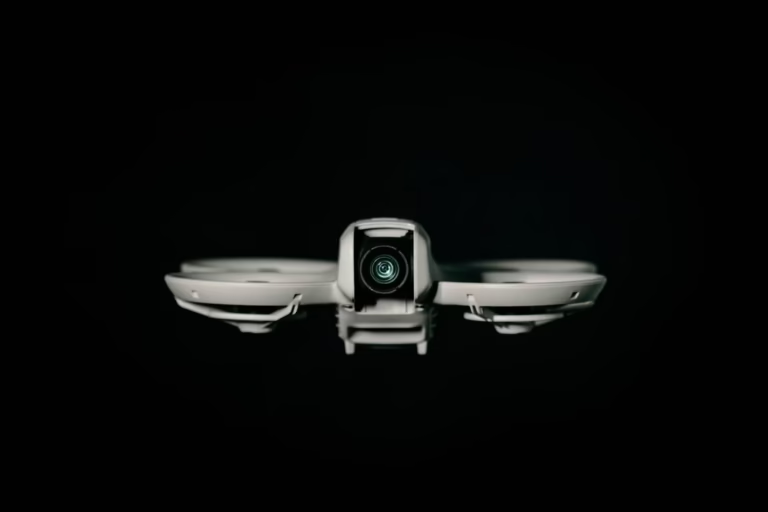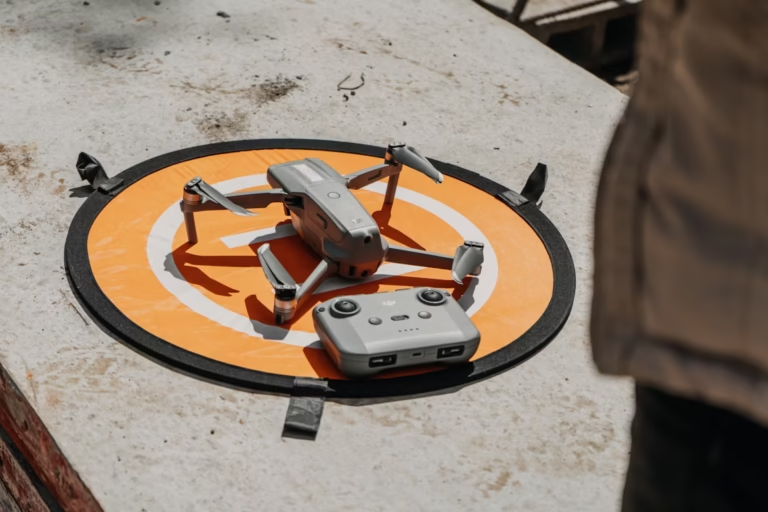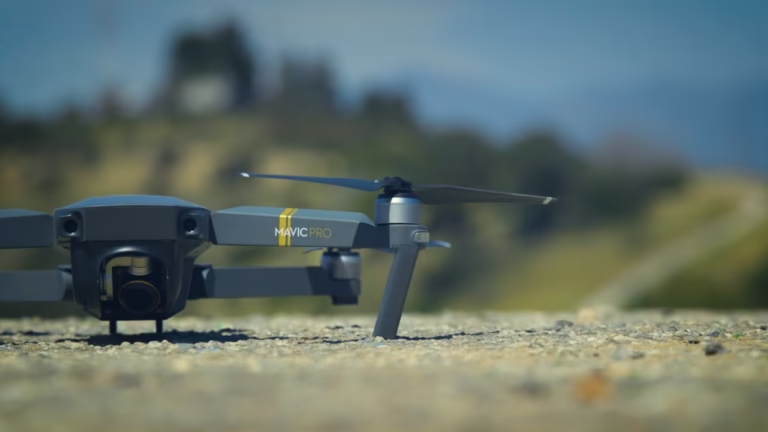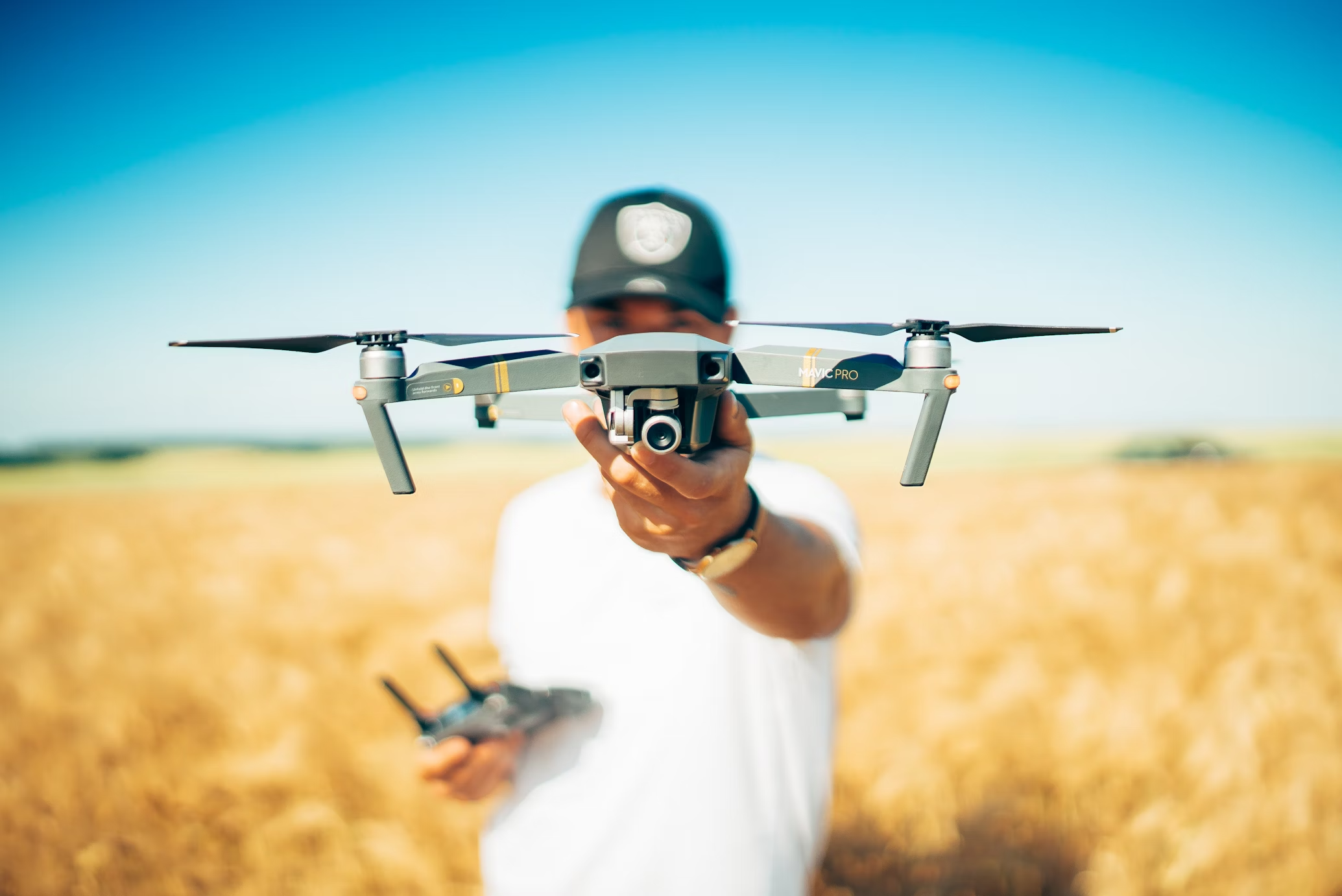
As a seasoned drone videographer, I’ve spent countless hours capturing breathtaking aerial footage with DJI drones, from the nimble DJI Mini series to the robust Matrice line. The key to consistent, high-quality results lies not just in piloting skills or camera settings but in meticulous upkeep. DJI maintenance is a critical process that ensures your drone remains reliable, safe, and capable of delivering stunning 4K, 6K, or even 8K footage. Whether you’re a hobbyist shooting cinematic landscapes or a professional inspecting infrastructure, proper maintenance extends the life of your equipment and protects your investment. This article delves into the in-depth process of DJI maintenance, covering inspections, cleaning, testing, and advanced diagnostics, all designed to keep your drone in optimal condition.
Related Articles
Why DJI Maintenance Matters
DJI drones, such as the Mavic 3, Air 3S, or Inspire 3, are marvels of engineering, combining advanced sensors, gimbals, and propulsion systems. However, exposure to dust, moisture, vibrations, and the occasional rough landing can wear down components. Neglecting maintenance risks flight instability, reduced video quality, or catastrophic failure mid-shot, imagine losing a perfect sunset timelapse because a motor faltered or a gimbal misaligned. Regular DJI maintenance catches issues early, ensures compliance with safety standards, and maintains the precision needed for professional-grade videography.
Pre-Flight Inspection: The First Step
Before every flight, a thorough inspection is non-negotiable. Here’s how to approach it:
- Outer Shell and Frame: Examine the drone’s body for cracks, dents, or deformation. A compromised frame can affect aerodynamics, critical for smooth footage. For example, a hairline crack on a DJI Air 3S arm might seem minor, but it could worsen under vibration stress.
- Propellers: Check each blade for nicks, bends, or wear. Damaged props reduce lift, increase power draw, and can blur your 4K/60fps video with unwanted jitters. Replace any suspect propellers with genuine DJI parts, aftermarket options often lack the balance needed for crisp shots.
- Gimbal and Camera: Inspect the gimbal for loose parts or abnormal resistance. Gently clean the camera lens with a microfiber cloth and lens solution to remove dust or smudges that could degrade image quality. For the DJI Mavic 3 Pro’s triple-camera system, ensure all lenses are spotless for consistent color and clarity.
- Battery: Verify the battery is fully charged and check for swelling, cracks, or corrosion on contacts. DJI’s Intelligent Flight Batteries display charge cycles via the DJI GO or Fly app, monitor this to avoid using a battery past its safe lifespan (typically 200 cycles).
- Sensors: For models like the DJI Mini 4 Pro or Air 3S, clean obstacle avoidance sensors (vision, infrared, and lidar if present) with compressed air or a soft brush. Dirty sensors can misread obstacles, jeopardizing your carefully planned orbit shot.
Cleaning: Keeping Your DJI Drone Pristine
Post-flight cleaning is vital, especially after shooting in dusty, sandy, or humid environments common for drone videographers chasing epic coastal or desert shots. Here’s the process:
- Tools: Use a soft brush, compressed air, microfiber cloths, and isopropyl alcohol (70% or higher). Avoid water or harsh chemicals that could damage electronics.
- Frame and Motors: Gently brush away dust and debris from the body and motor housings. For a DJI Matrice 300, pay extra attention to cooling vents, clogged vents lead to overheating, which can cut a motor’s life short and disrupt a long-duration shoot.
- Propellers: Remove props and wipe them with a microfiber cloth dampened with isopropyl alcohol. Check for micro-cracks; even tiny flaws can throw off balance, affecting your video stability.
- Gimbal and Camera: Secure the gimbal with its clamp to avoid stress, then clean the lens meticulously. For thermal cameras on models like the Matrice 30T, use a dry cloth to avoid scratching the sensitive lens.
- Battery and Contacts: Wipe battery contacts with a dry cloth or a cotton swab with isopropyl alcohol to remove oxidation. Never let liquid seep into the battery compartment.
Store your drone in a cool, dry place, ideally in a DJI carrying case, with the gimbal clamp attached and batteries removed to prevent strain or corrosion.
Battery Maintenance: Powering Your Flights
DJI’s Intelligent Flight Batteries are sophisticated but require care. Overheating or improper storage can ruin them, leaving you grounded mid-project. Follow these steps:
- Temperature Monitoring: Avoid flying in temperatures above 40°C (104°F); if the battery exceeds 65°C (149°F) during use, land immediately. High heat degrades battery cells, reducing flight time and reliability.
- Charge and Discharge: Charge to 100% before flights using a DJI-approved charger. For storage longer than a few days, discharge to 30-60% via the DJI app’s self-discharge feature to minimize cell stress. For air travel, discharge to 5% to comply with regulations.
- Cycle Tracking: Check the battery’s charge cycle count in the DJI app. After 200 cycles, performance may dip—plan for a replacement to avoid mid-flight power drops during a critical video sequence.
- Storage: Store batteries in a fireproof bag or DJI’s specified transportation box, away from metal objects to prevent short circuits. Avoid damp environments; moisture can cause permanent damage.
Functional Testing and Calibration
Testing ensures your DJI drone performs as expected. After cleaning and inspection, run these checks:
- Motor Testing: Power on the drone in a safe, open area and listen for unusual noises, grinding, or whining suggests bearing wear. While no DJI tool scientifically diagnoses all motors simultaneously, a visual and auditory check helps. For professional setups like the Matrice 200/300 series, third-party tools like Dyno-Xperts (developed by DroneXperts) can measure power loss and electrical health without disassembly.
- Gimbal Calibration: Use the DJI app (e.g., DJI Fly or Pilot) to calibrate the gimbal. A misaligned gimbal can tilt your horizon, ruining a smooth pan or cinematic reveal shot. Test by recording a short clip and checking for levelness.
- Compass and IMU Calibration: Recalibrate the compass and Inertial Measurement Unit (IMU) after long transport or exposure to magnetic interference. This ensures precise navigation, vital for waypoint-based videography or tracking shots. Follow the app’s prompts, rotating the drone as directed.
- Flight Test: Conduct a short hover test (5-10 minutes) to confirm stability, GPS lock, and battery performance. Watch for drift or erratic movement; issues here could derail a complex aerial sequence.
Advanced Diagnostics and Repairs
For deeper DJI maintenance, especially for professional models like the Matrice or Inspire series, advanced diagnostics may be needed:
- Motor Health: If motors show signs of wear (e.g., overheating, uneven power), tools like Dyno-Xperts provide quantitative data on mechanical and electrical states. This non-invasive test preserves the warranty and pinpoints issues without dismantling the drone.
- Firmware Updates: Regularly update firmware via the DJI app to fix bugs, enhance flight stability, and improve camera performance. For example, the DJI Air 3S benefits from updates that refine obstacle avoidance and video processing. Always back up settings before updating.
- Repairs: For damage beyond your expertise, cracked arms, faulty motors, or gimbal issues, contact DJI Support. Use only genuine DJI parts to maintain performance and warranty. Modifying the structure or using uncertified accessories risks instability and voids coverage.
Storage and Transport
Proper storage and transport protect your DJI drone between shoots:
- Storage: Remove propellers and batteries, attach the gimbal clamp, and store in a padded case. Keep in a cool, dry environment (15-25°C / 59-77°F) to avoid humidity damage. Check humidity tablets in some models (e.g., Matrice series) for moisture exposure.
- Transport: Use a DJI case or a custom backpack. For long trips, recalibrate the compass before flying to account for magnetic changes. Discharge batteries to 30% for ground transport or 5% for air travel, per regulations.
Frequency and Professional Considerations
For hobbyists, inspect and clean after every 5-10 flights or monthly. Professionals shooting daily, perhaps for film, real estate, or inspections, should check after every flight and deep-clean weekly. If you’re a drone videographer operating a fleet (e.g., Matrice 300 for thermal surveys), consider a maintenance log to track wear, battery cycles, and repairs. Partnering with services like DroneXperts for advanced diagnostics can optimize uptime and quality.
Conclusion
DJI maintenance is a disciplined, multi-step process that keeps your drone ready for stunning aerial videography. From pre-flight checks and cleaning to battery care, testing, and advanced diagnostics, each step ensures safety, reliability, and top-tier footage. As a drone videographer, your craft depends on a well-maintained tool; don’t skimp on these practices. A properly maintained DJI drone delivers crisp, stable shots, whether you’re framing a mountain vista or inspecting a solar farm. Fly safe, maintain diligently, and let your creativity soar!

